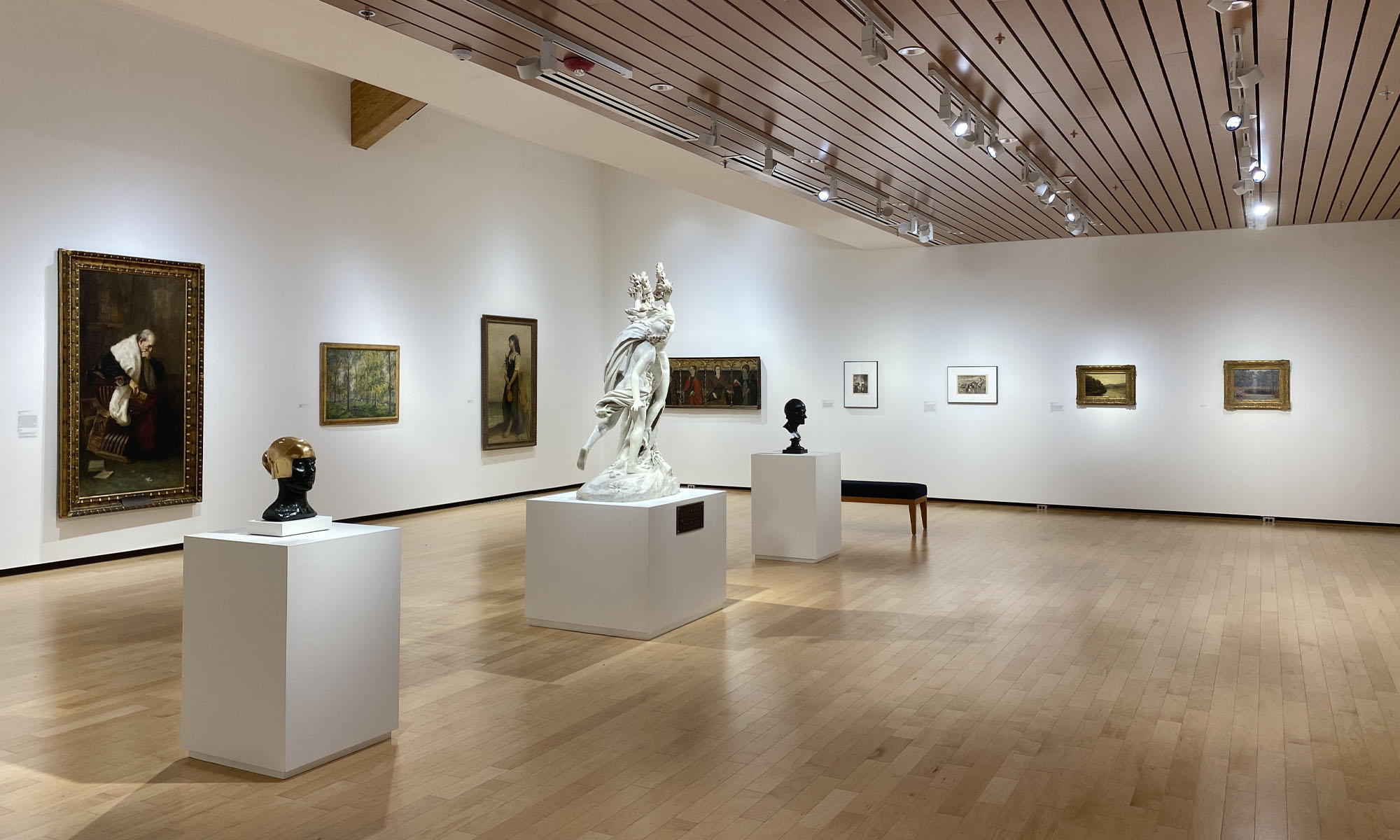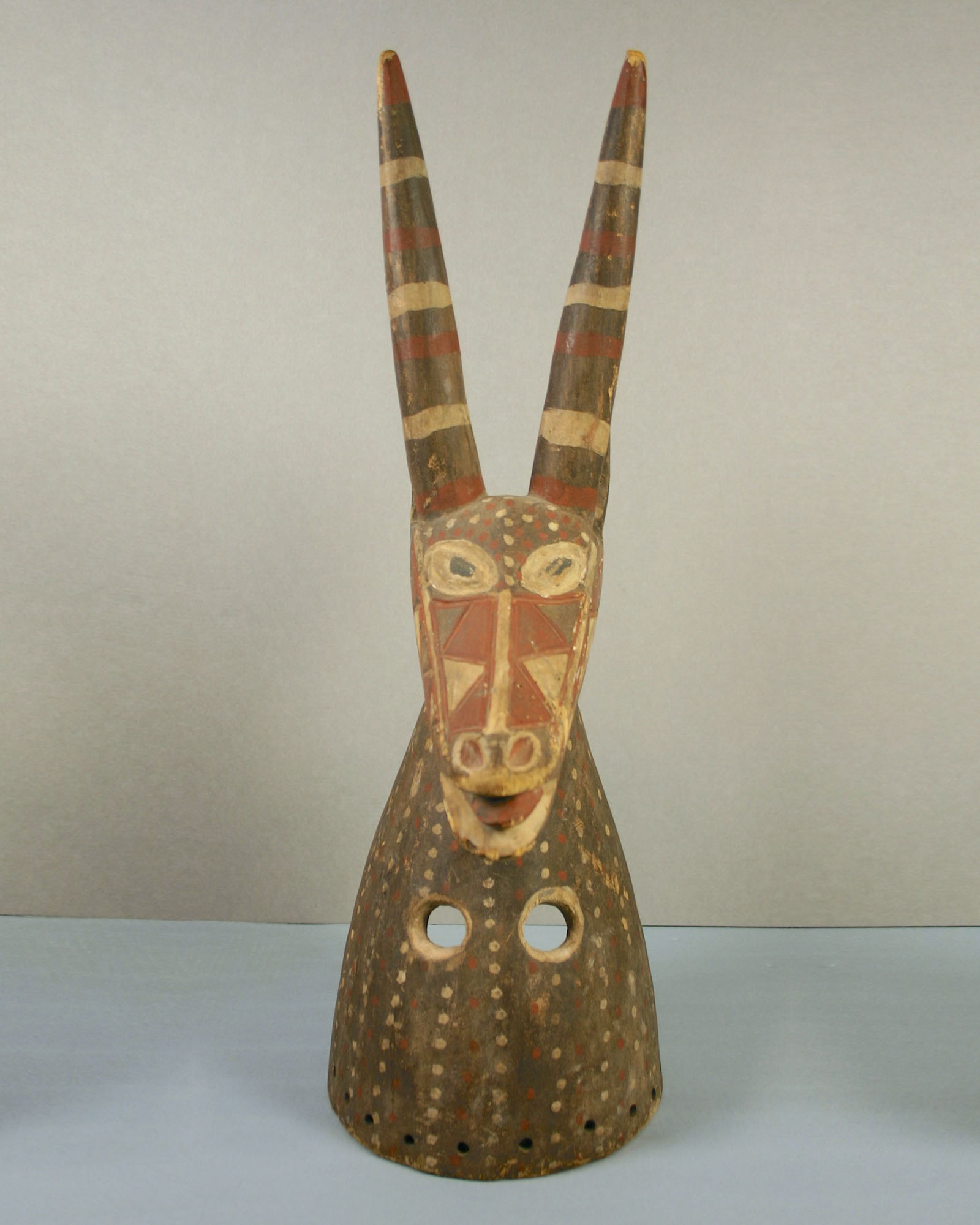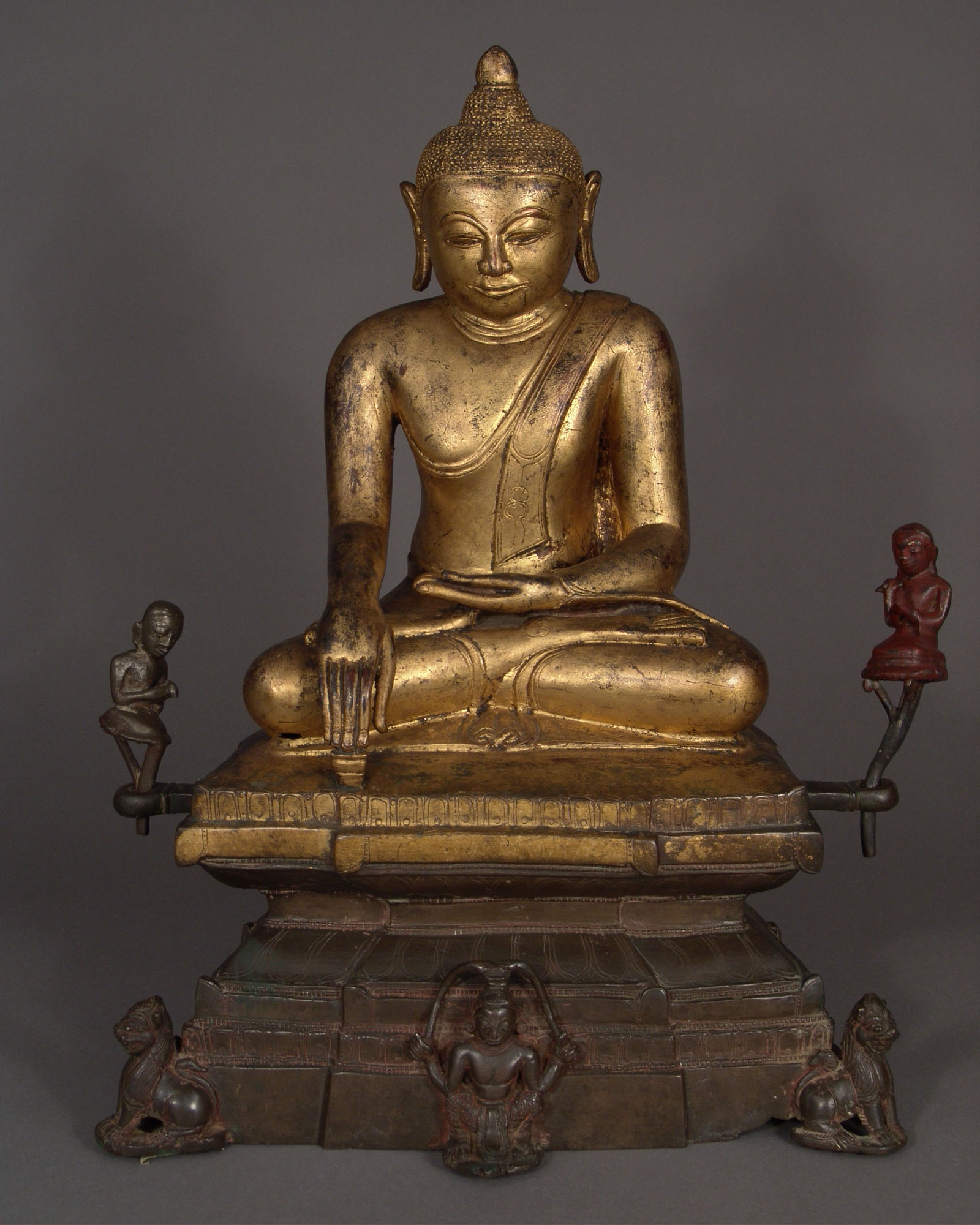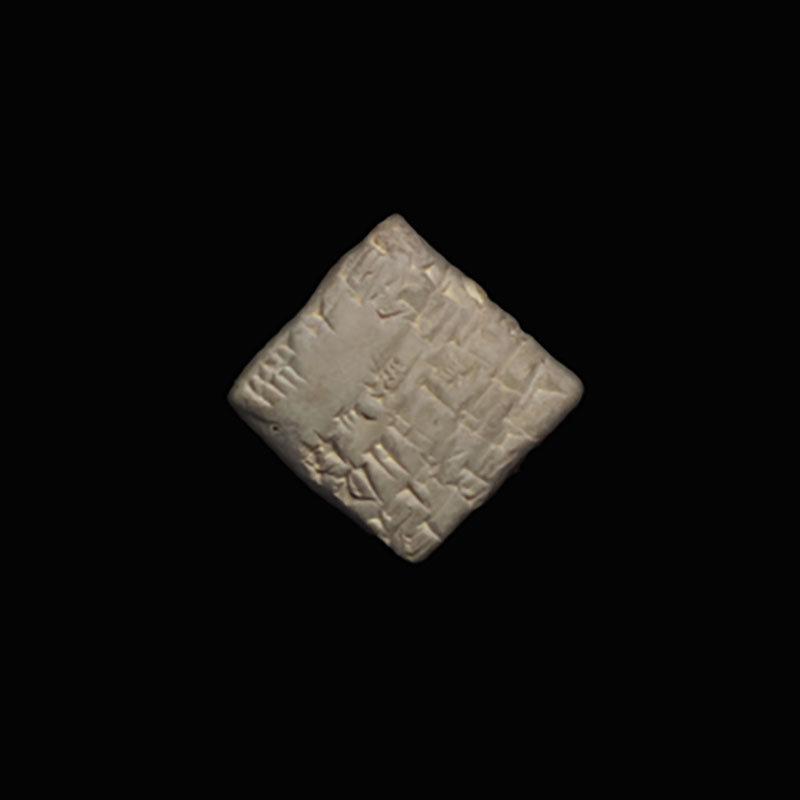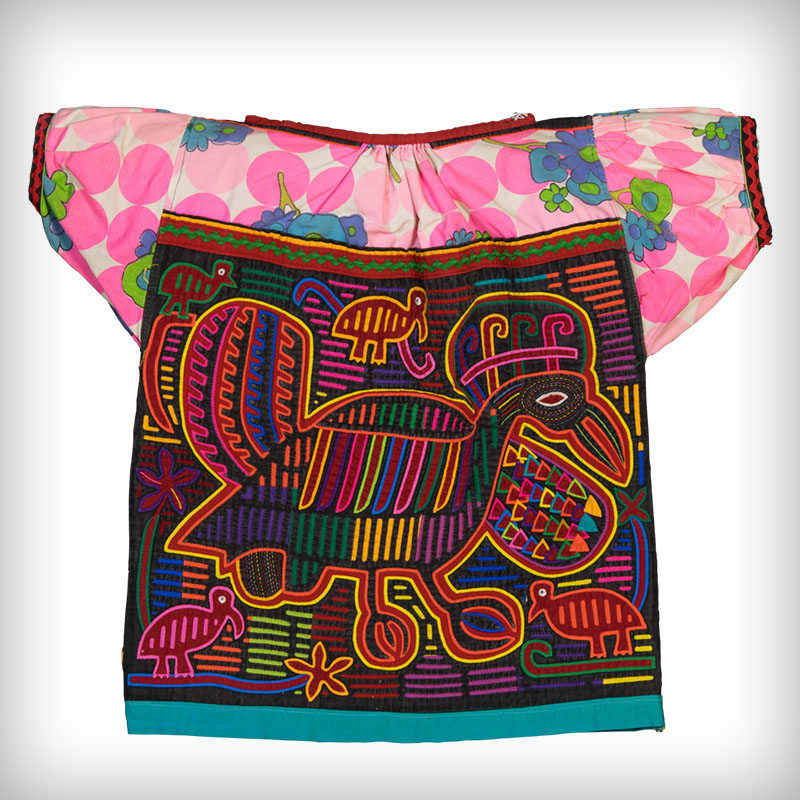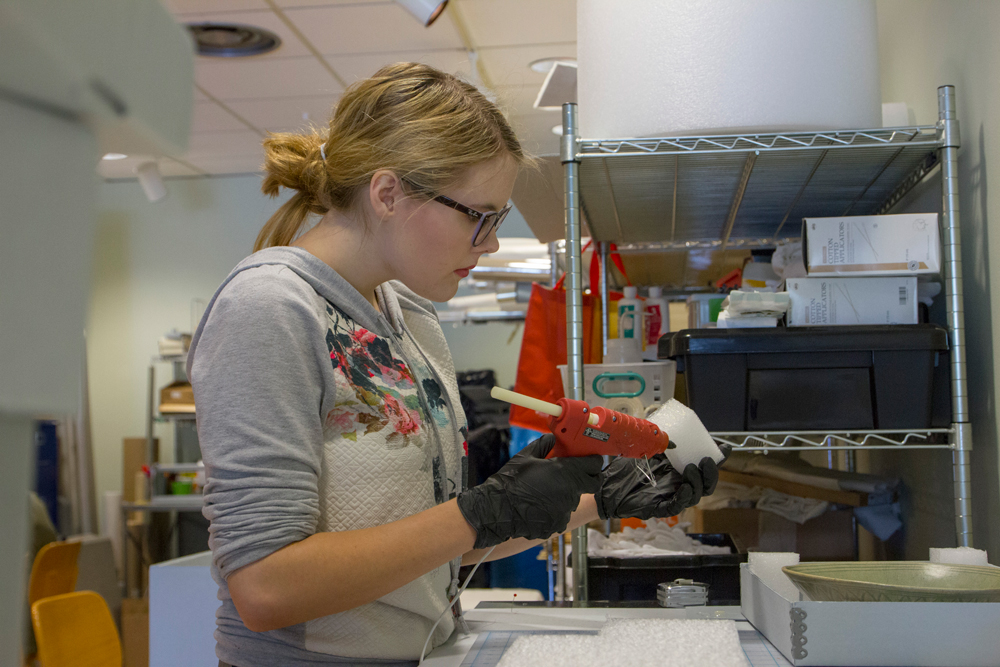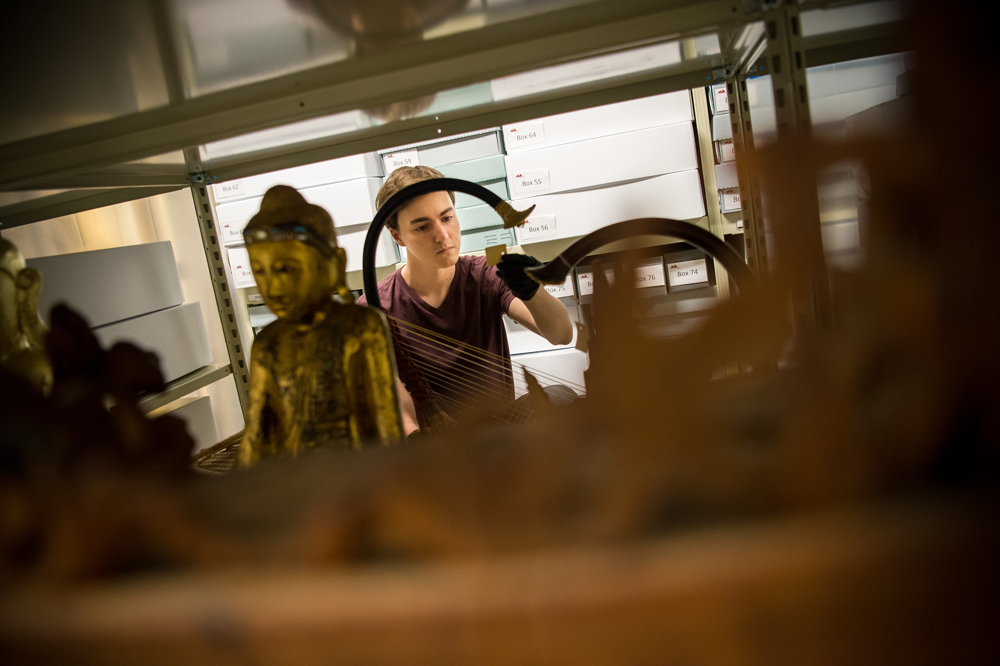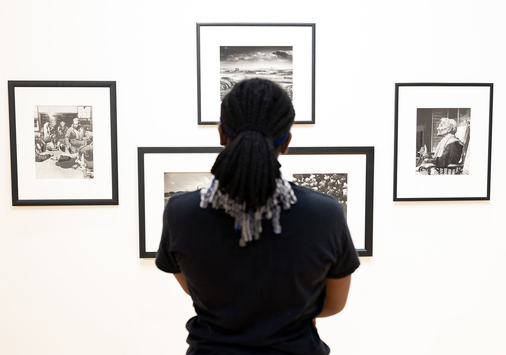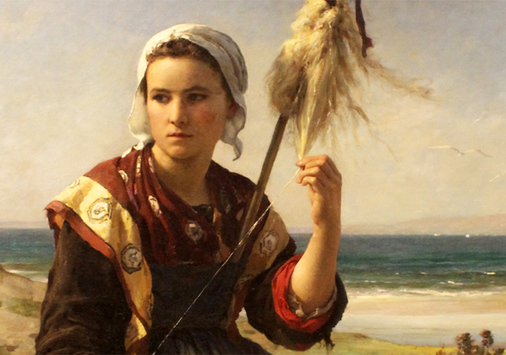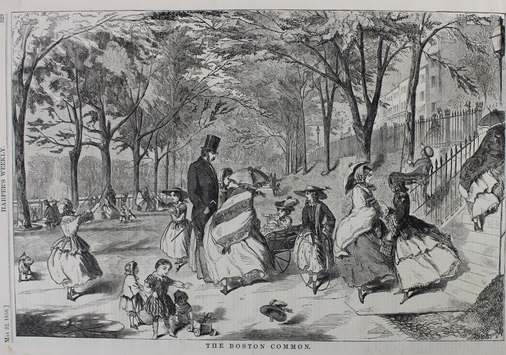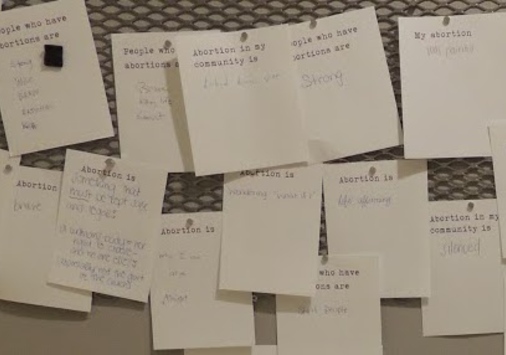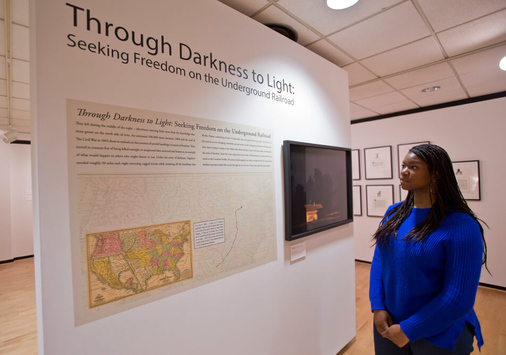The Collection
Today our diverse collection contains more than 9,000 objects from all over the world, but with primary strengths in Asia, Europe, and North and Central America.
The collection also spans a wide variety of media, including stone, wood, paper, lacquer, metal, ivory, and oils created over a 3,000-year period.
Africa
The African holdings represent a small but significant portion of the collection, with approximately seventy-five objects. The collection includes artifacts from various cultures such as Asanté (Ghana), BaKongo (Angola and Democratic Republic of Congo), Senufo and Baulé (Ivory Coast), Yoruba (Nigeria), Bamana (Mali), and Fulsé (Burkina Faso). Objects include masks, sculptures, textiles, and basketry.
Asia
(Burma, China, Thailand, Vietnam, and Japan)
The Asian collection comprises the largest percentage of the entire collection, with about 3,300 items. Most of the objects come from Burma and China, with some pieces from Thailand. The Burma (Myanmar) collection is of great cultural and historical importance and includes objects dating as far back as the 9th century CE.
Ancient World
(pre-5th century CE)
The collection of ancient world material represents another small portion with under one hundred pieces, including Babylonian cuneiform tablets and cones, Egyptian funerary cones and papyrus, and architectural elements from ancient Roman landmarks like the Colosseum.
Europe
(England, Flanders, France, Germany, Italy, Netherlands, Spain)
The European collection has a broad scope of objects and works of art ranging from the 15th century to the present. The collection primarily consists of 1,031 items including prints, drawings, paintings, and medieval manuscript pages. Artists featured include Hans Sebald Beham, Albrecht Dürer, William Blake, Jacob Epstein, Rosa Bonheur, Marcel Duchamp, Henri Matisse, Pablo Picasso, and Joan Miró, among others.
North & Central America
(American (non-native), Central America, Native American)
There are about one thousand objects by native and non-native people from Canada, Mexico, and the USA from 1600 to the 21st century. Of these, most are prints, etchings, lithographs, drawings, and woodcuts. The remainder of the collection comprises paintings, sculptures, photographs, and watercolors. The largest portions of the collection are prints by Winslow Homer, Rockwell Kent, and John Sloan and oil paintings by Charles Curran. Other artists represented include Claes Oldenburg, John James Audubon, Thomas Hart Benton, Mary Cassatt, Eastman Johnson, Louise Nevelson, Currier and Ives, and James Whistler, among others.
The 733 Central American holdings, primarily from the Guna culture located on the San Blas islands off the coast of Panama, range in date from the late nineteenth to the mid-twentieth century and are of significant anthropological and historical importance.
Student Research
Students can also request to conduct research on objects in the collection, either as part of a class or for an independent research project under the supervision of a Denison faculty member. We also encourage interested students to consider the Museum as a source for summer scholar research.
Studying and Researching the Collection (external scholars and students)
The Denison Museum encourages scholars and students beyond Denison to consider working with our collection. The Museum can provide study images and documentation for use in research, presentation, and the classroom. When appropriate, the Museum can also provide publication quality images for academic, noncommercial use.
Please see our Image Permission Form for our terms of use and to request permission for study or research use.
